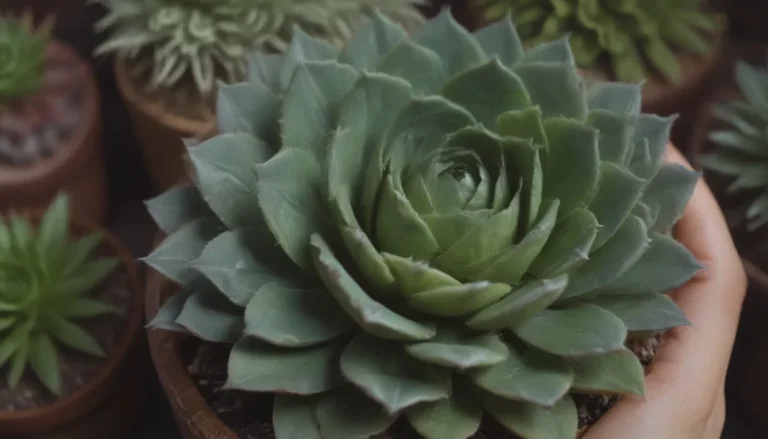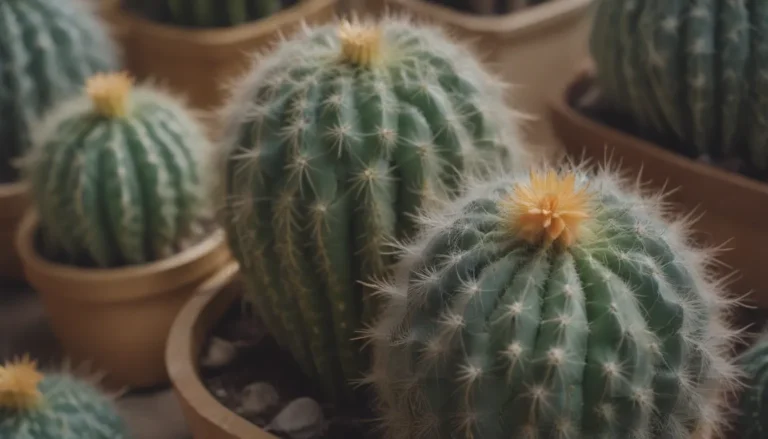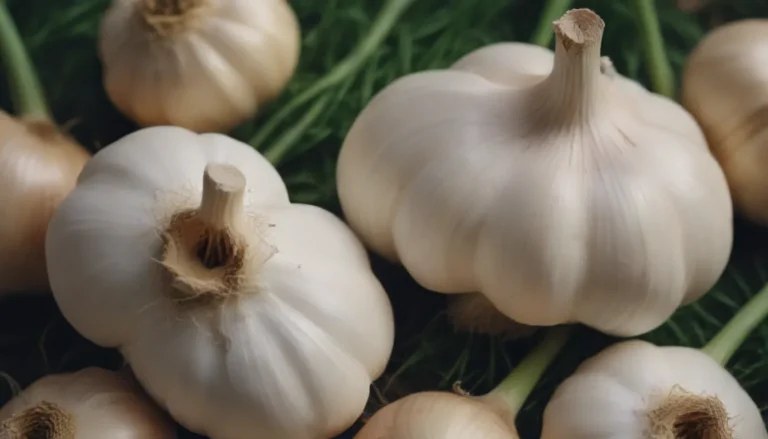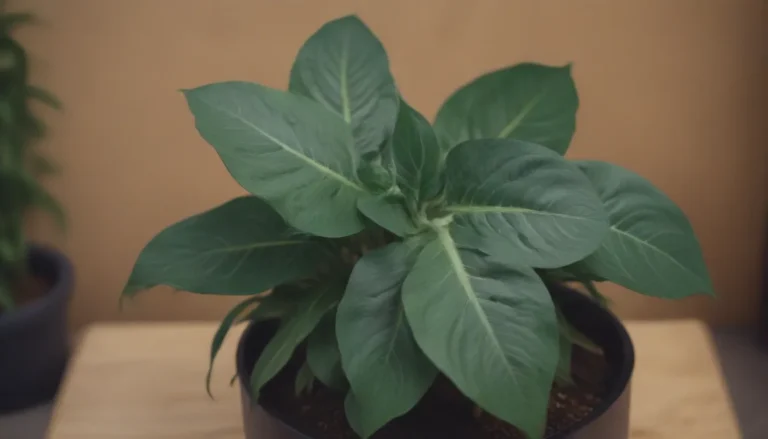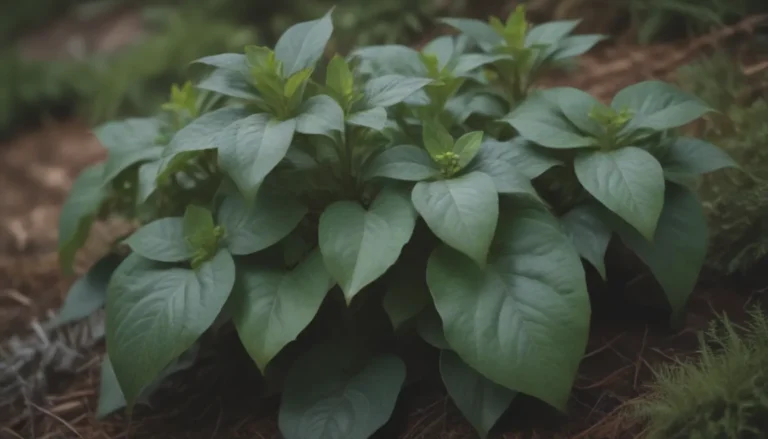Discover the Beauty of Serviceberry Trees and Shrubs for Your Yard

Are you looking to add a touch of elegance and four-season interest to your yard? Look no further than the enchanting serviceberry trees and shrubs. These deciduous plants, found across the Northern Hemisphere, are known for their stunning white blossoms in spring, delectable pome fruits in summer, vibrant foliage in fall, and colorful bark in winter. The fruit of the serviceberry, which starts to ripen in June, is not only visually pleasing but also edible. You can enjoy these purple pome fruits fresh, or use them to create delicious jams and jellies.
In addition to their aesthetic appeal, serviceberries are also a practical choice for your yard. These hardy plants are generally resistant to deer browsing, making them a great option for wildlife lovers looking to attract birds to their gardens.
If you’re curious about the different types of serviceberry trees and shrubs available, keep reading as we explore nine unique species, including some native varieties, to help you choose the perfect addition to your outdoor space.
Tip: Remember that serviceberry shrubs have a habit of producing suckers. Regularly clipping off these shoots at ground level will help maintain growth control and prevent your shrub from becoming overly aggressive in the garden.
Allegheny Serviceberry
The Allegheny serviceberry, also known as smooth serviceberry, is a native North American species known for its tall stature and ability to form multiple trunks. To shape this shrub into a small tree, simply prune it to create a central leader as the main trunk. This species thrives in moist soils with good drainage and offers color interest throughout the seasons. From clusters of white flowers in spring to bluish-black fruits in summer and red, orange, and yellow foliage in autumn, the Allegheny serviceberry is a true multi-season performer.
For those interested in a fastigiate shape or a column-like habit, the ‘Snowcloud’ variety is a great option. Other available varieties include ‘Cumulus’, ‘Prince Charles’, and ‘R.J. Hilton’.
- Name: Allegheny Serviceberry
- USDA Hardiness Zones:
- Light:
- Mature Size:
Apple Serviceberry
A cross between two native North American serviceberry species, the apple serviceberry stands out for its large, drought-tolerant nature. With particularly impressive white blossoms and red and yellow fall foliage, this hybrid offers a stunning visual display. You can prune it into a small tree with a single trunk or leave it as a multi-stemmed shrub to suit your garden aesthetic. Popular cultivars include ‘Cole’s Select’, ‘Autumn Brilliance’, ‘Autumn Sunset’, ‘Ballerina’, ‘Princess Diana’, ‘Prince Charles’, ‘Prince William’, ‘Robin Hill’, and ‘Rubescens’.
- Name: Apple Serviceberry
- USDA Hardiness Zones:
- Light:
- Mature Size:
Canadian Serviceberry
Also known as shadblow serviceberry, the Canadian serviceberry is a hardy species native to eastern North America. This variety boasts star-shaped white flowers that attract butterflies and bees in mid-April, while its foliage transforms into shades of orange-red, gold, or yellow in the fall. For optimal growth, plant this tree in moist, well-draining soil, though it can also tolerate dry conditions. Cultivars like ‘Glenn Form’ (Rainbow Pillar), ‘Prince William’, ‘Sprizam’ (Spring Glory), and ‘Trazam’ (Tradition) offer unique characteristics for your garden.
- Name: Canadian Serviceberry
- USDA Hardiness Zones:
- Light:
- Mature Size:
Common Serviceberry
The common serviceberry, also known as downy serviceberry, is a standout choice if you prefer serviceberries with large fruits. This species, native to eastern North America, can have fuzzy leaves and a multi-trunk form that may need pruning to maintain a tree-like appearance. With varieties like common serviceberry, Alabama serviceberry, and downy serviceberry, you have options to suit your space and aesthetic preferences. Bonus: common serviceberry is pollution-tolerant, making it ideal for urban landscapes.
- Name: Common Serviceberry
- USDA Hardiness Zones:
- Light:
- Mature Size:
Juneberry
The Juneberry is a unique species that may be its own distinct variety or a cross between other Amelanchier species. Featuring silky hairs on young stems and leaves, this large understory shrub or small tree resembles the Allegheny serviceberry. Early spring brings clusters of white, star-shaped flowers, followed by dark purple/black berries in June. With finely toothed leaves that turn orange-red in the fall, the Juneberry is a stunning addition to any garden.
- Name: Juneberry
- USDA Hardiness Zones:
- Light:
- Mature Size:
Roundleaf Serviceberry
Found in southern Canada, the eastern United States, and the northern Midwest, the roundleaf serviceberry gets its name from its distinctive red twigs. Fragrant white flowers appear early in spring, creating a delightful sensory experience in your garden. Also known as red twig serviceberry and sand serviceberry, this species offers a unique appeal that sets it apart from other serviceberries.
- Name: Roundleaf Serviceberry
- USDA Hardiness Zones:
- Light:
- Mature Size:
Saskatoon Serviceberry
Some experts classify the Saskatoon serviceberry as a variation of the roundleaf serviceberry, giving it the official name of Amelanchier sanguinea var. alnifolia. Resembling the leaves of alder species, this serviceberry is also known as alder-leaved serviceberry and is native to western North America. Cold-tolerant and available in a variety of sizes, the Saskatoon serviceberry is a versatile choice for your landscape.
- Name: Saskatoon Serviceberry
- USDA Hardiness Zones:
- Light:
- Mature Size:
Snowy Mespilus
Unlike its American counterparts, the snowy mespilus is native to central and southern Europe. This small shrub, also known as garden serviceberry, boasts oval leaves and clusters of white flowers in spring. Mature fruits take on a rich purplish-blue hue, adding visual interest to your outdoor space. With dwarf varieties like ‘Pumila’, you can enjoy the beauty of the snowy mespilus in a compact size that fits any garden.
- Name: Snowy Mespilus
- USDA Hardiness Zones:
- Light:
- Mature Size:
Utah Serviceberry
Native to western North America, the Utah serviceberry – also known as western serviceberry – stands out for its drought tolerance and wildlife-friendly nature. As an important source of food for various wildlife species, this serviceberry offers white flowers in spring, purple-black fruit in summer, and beautiful yellow foliage in the fall. Plant the Utah serviceberry in your yard to create a welcoming environment for local wildlife.
- Name: Utah Serviceberry
- USDA Hardiness Zones:
- Light:
- Mature Size:
Further Resources
To learn more about selecting and caring for serviceberry trees and shrubs in your landscape, refer to the Canadian Serviceberry Plant Guide published by the U.S. Department of Agriculture in 2015.
Tip: Keep in mind that serviceberries, like other plants, may be susceptible to certain diseases and pests. Regular monitoring and appropriate care can help prevent issues such as rust fungi, powdery mildew, and pests like aphids and Japanese beetles from affecting your serviceberries.
Transform your yard into a vibrant sanctuary with the beauty and versatility of serviceberry trees and shrubs. From their stunning flowers and foliage to their wildlife-friendly fruits, these plants offer a perfect blend of form and function for your outdoor space. Choose the serviceberry variety that best suits your garden vision and enjoy the beauty of these versatile plants throughout the year.
